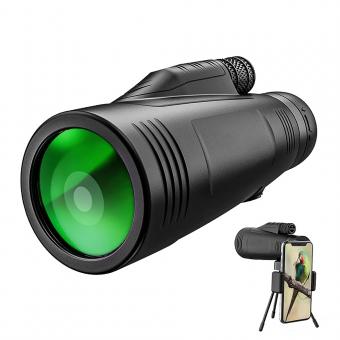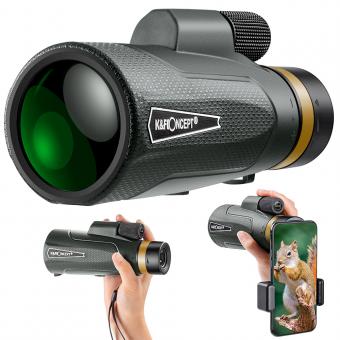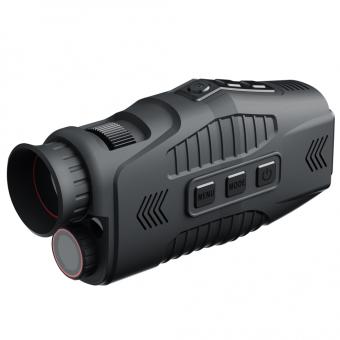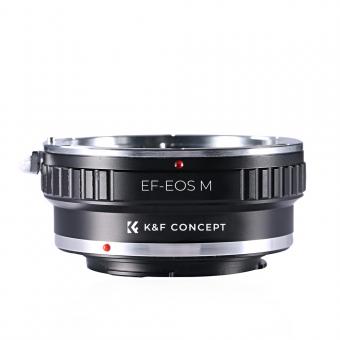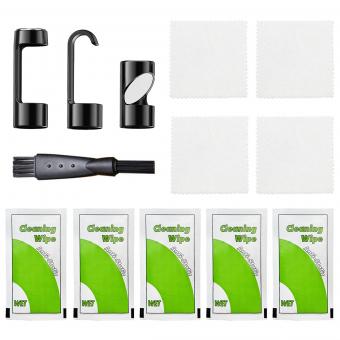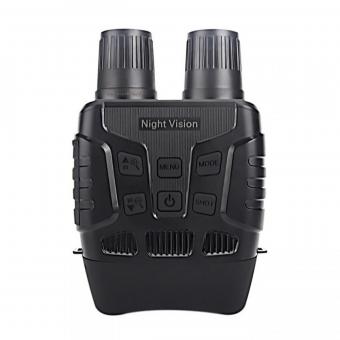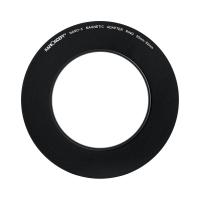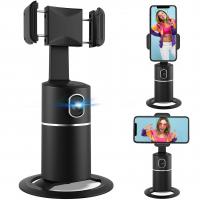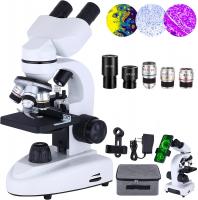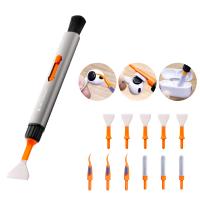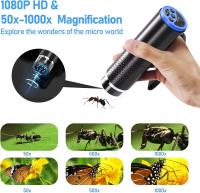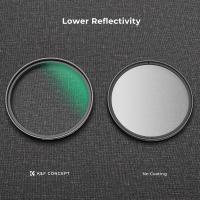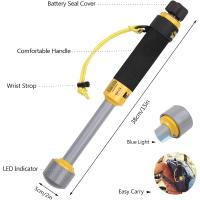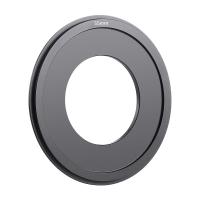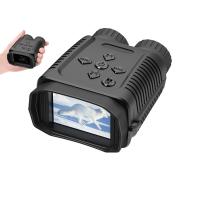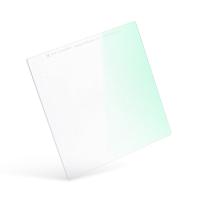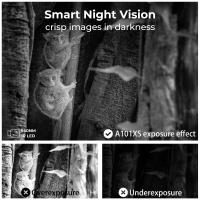What Do Monocular Numbers Mean ?
Monocular numbers refer to the visual acuity measurements obtained when testing each eye separately. These numbers indicate the clarity or sharpness of vision in each eye. Monocular numbers are typically expressed as a fraction, with the numerator representing the testing distance and the denominator indicating the smallest line of letters that can be read accurately. For example, a monocular number of 20/20 means that the person can read at a distance of 20 feet what a person with normal vision can read at 20 feet. Monocular numbers are important in assessing visual function and determining the need for corrective lenses or other interventions.
1、 Monocular vision: Depth perception with one eye.
Monocular vision refers to the ability to perceive depth using only one eye. It is a common misconception that depth perception can only be achieved with binocular vision, which involves both eyes working together. However, monocular vision is still capable of providing depth perception, although it may not be as accurate or precise as binocular vision.
Monocular depth cues are visual cues that allow us to perceive depth using only one eye. These cues include:
1. Relative size: Objects that are closer to us appear larger, while objects that are farther away appear smaller.
2. Overlapping: When one object partially covers another, we perceive the covered object as being farther away.
3. Texture gradient: Objects that are closer to us appear to have more detail and texture, while objects that are farther away appear smoother.
4. Linear perspective: Parallel lines appear to converge as they recede into the distance, giving us a sense of depth.
5. Motion parallax: As we move, objects that are closer to us appear to move faster than objects that are farther away.
It is important to note that while monocular vision can provide depth perception, it may not be as accurate or reliable as binocular vision. Binocular vision allows for more precise depth perception by combining the slightly different images from each eye. However, individuals with only one functioning eye can still adapt and compensate for the lack of binocular vision by relying more heavily on monocular depth cues.
In recent years, advancements in technology have allowed for the development of monocular depth estimation algorithms. These algorithms use computer vision techniques to estimate depth from a single image or video. This has applications in various fields, such as autonomous driving, augmented reality, and robotics. By analyzing the monocular cues present in the image or video, these algorithms can estimate the depth of objects and scenes, providing valuable information for navigation and perception tasks.
In conclusion, monocular vision refers to the ability to perceive depth using only one eye. While it may not be as accurate as binocular vision, monocular depth cues allow us to perceive depth and navigate our environment. Additionally, advancements in technology have enabled the development of monocular depth estimation algorithms, which have various practical applications.
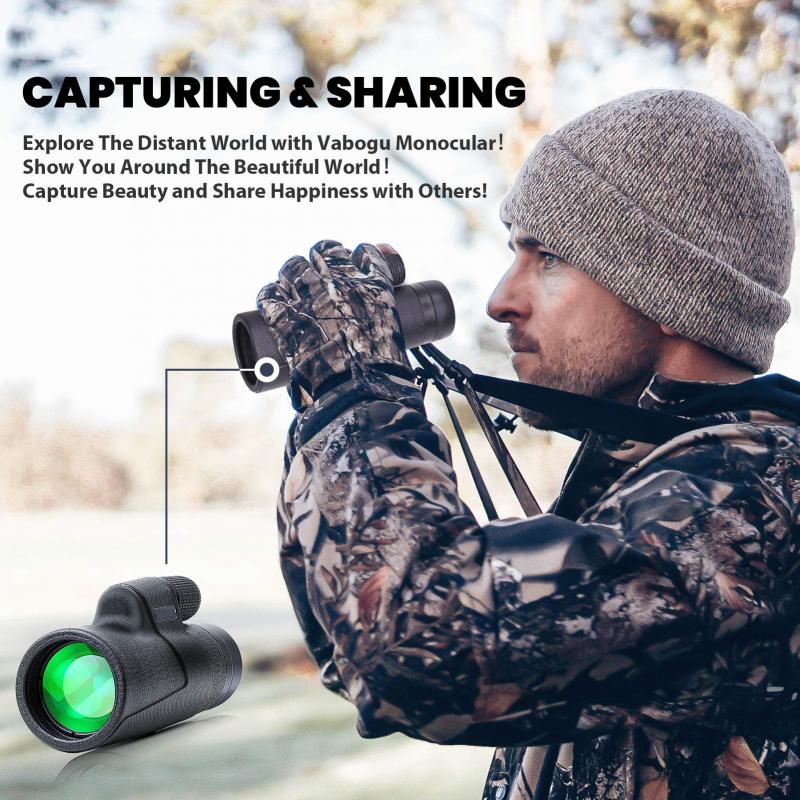
2、 Monocular cues: Visual cues used to perceive depth with one eye.
Monocular cues refer to visual cues that are used by our brain to perceive depth and distance using only one eye. These cues provide important information about the relative position and distance of objects in our visual field.
There are several types of monocular cues that our brain utilizes to perceive depth. One of the most common cues is known as "relative size." This cue allows us to determine the distance of objects by comparing their size to other objects in the scene. For example, if we see two objects of the same size, we can infer that the object appearing smaller is farther away.
Another monocular cue is "linear perspective," which involves the convergence of parallel lines as they recede into the distance. This cue helps us perceive depth by interpreting the way lines appear to converge in the distance. For instance, when we look down a long road, the sides of the road appear to come together, indicating that the road extends into the distance.
Texture gradient is another monocular cue that helps us perceive depth. It refers to the way the texture of an object changes as it moves further away. Objects that are closer to us appear to have more detail and texture, while objects in the distance appear smoother and less detailed.
The latest point of view on monocular cues suggests that while they are important for perceiving depth with one eye, they are often used in conjunction with other depth cues, such as binocular cues (which involve both eyes) and motion cues. Our brain combines information from multiple cues to create a more accurate perception of depth and distance.
In conclusion, monocular cues are visual cues that our brain uses to perceive depth and distance with one eye. They include cues such as relative size, linear perspective, and texture gradient. While monocular cues are important, they are often used in combination with other cues to create a more comprehensive perception of depth.
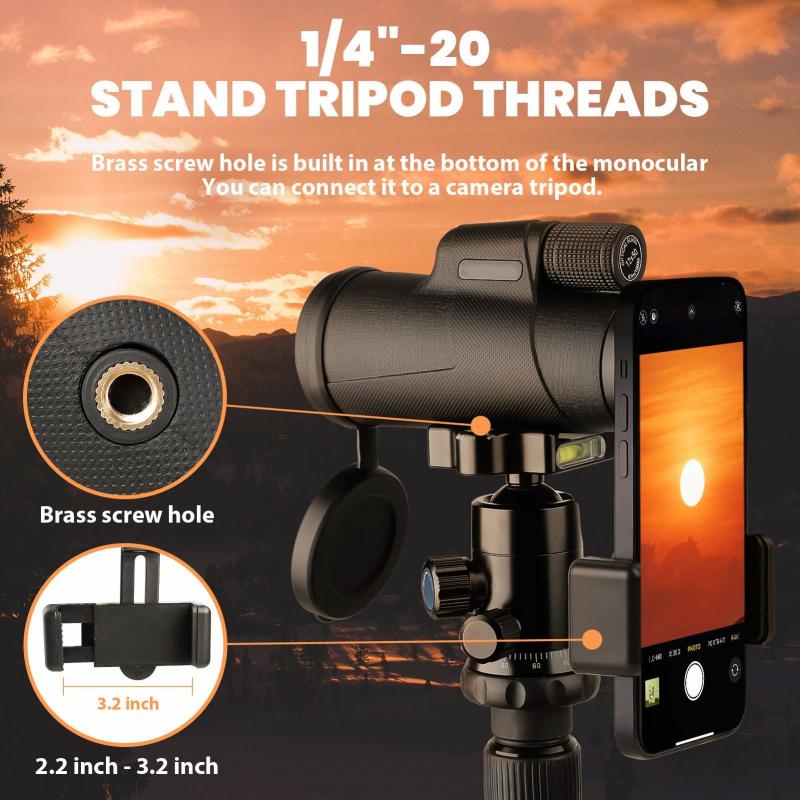
3、 Monocular depth perception: Ability to judge distances using one eye.
Monocular depth perception refers to the ability to judge distances using only one eye. It is an important aspect of our visual perception that allows us to perceive the three-dimensional world around us. While binocular depth perception, which relies on the input from both eyes, provides a more accurate perception of depth, monocular depth cues play a significant role in our everyday visual experiences.
Monocular depth cues include various visual cues that help us estimate distances and perceive depth using only one eye. These cues include:
1. Relative size: Objects that are closer to us appear larger, while objects that are farther away appear smaller.
2. Overlapping: When one object partially covers another, we perceive the covered object as being farther away.
3. Texture gradient: As objects recede into the distance, their texture becomes less detailed and more compressed.
4. Linear perspective: Parallel lines appear to converge as they extend into the distance.
5. Motion parallax: As we move, objects that are closer to us appear to move faster than objects that are farther away.
Recent research has shown that monocular depth cues are not only important for perceiving depth but also for other visual tasks, such as object recognition and scene understanding. Additionally, advancements in technology, such as virtual reality and augmented reality, have utilized monocular depth cues to create more immersive and realistic experiences.
In conclusion, monocular depth perception is the ability to judge distances using one eye. It relies on various visual cues that help us estimate depth and perceive the three-dimensional world around us. While binocular depth perception provides a more accurate perception of depth, monocular depth cues play a crucial role in our everyday visual experiences and have implications in various fields, including technology and psychology.
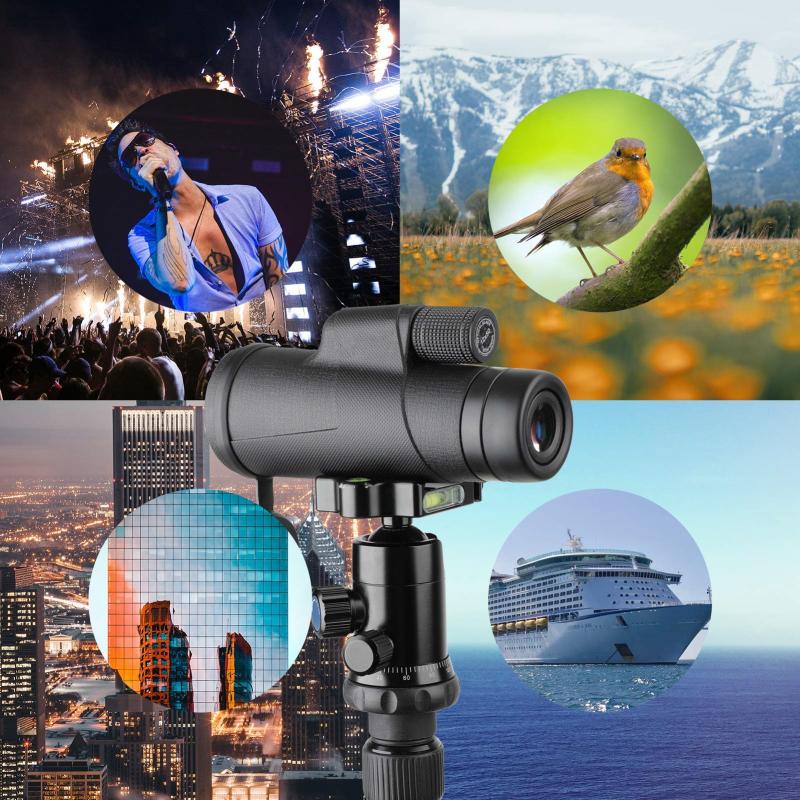
4、 Monocular visual field: The extent of vision in one eye.
Monocular numbers refer to the measurement of the visual field in one eye, also known as monocular visual field. The visual field is the extent of vision that an individual can perceive without moving their eyes. It includes both the central vision and the peripheral vision.
The monocular visual field is typically measured using a device called a perimeter, which presents stimuli at various locations within the visual field and records the patient's responses. The results are then plotted on a graph, known as a visual field plot, which shows the areas of the visual field that are intact and those that are impaired.
Monocular numbers are important in assessing the overall visual function of an individual. They can provide valuable information about the extent and location of any visual field loss, which can be indicative of various eye conditions or diseases. For example, a reduced monocular visual field may be a sign of glaucoma, retinal detachment, or optic nerve damage.
It is worth noting that monocular visual field testing is often performed in conjunction with binocular visual field testing, which assesses the combined visual field of both eyes. This is because the visual fields of the two eyes overlap, and binocular testing provides a more comprehensive assessment of an individual's visual function.
In recent years, there have been advancements in technology that have improved the accuracy and efficiency of monocular visual field testing. For example, automated perimeters now allow for faster and more precise measurements, and they can also provide additional information such as the sensitivity of different areas within the visual field.
Overall, monocular numbers play a crucial role in the diagnosis and management of various eye conditions. They provide valuable information about an individual's visual field and help healthcare professionals make informed decisions regarding treatment options and monitoring of the condition.


